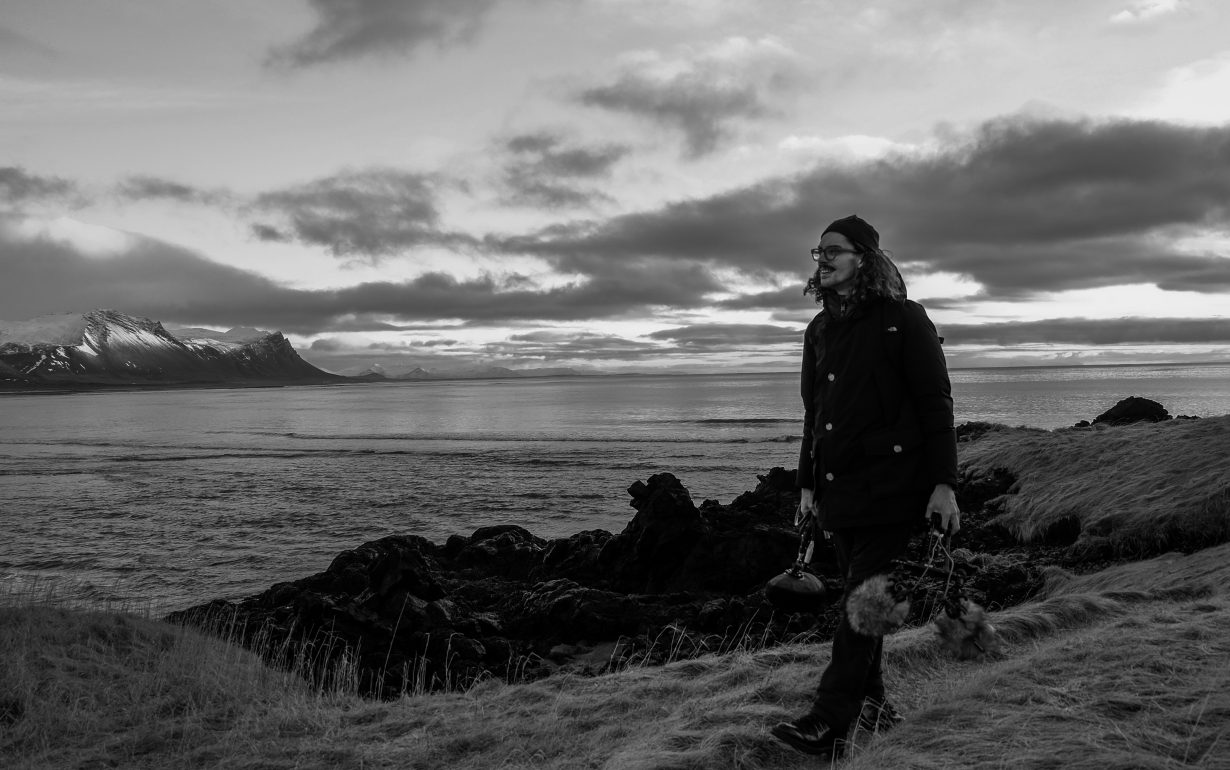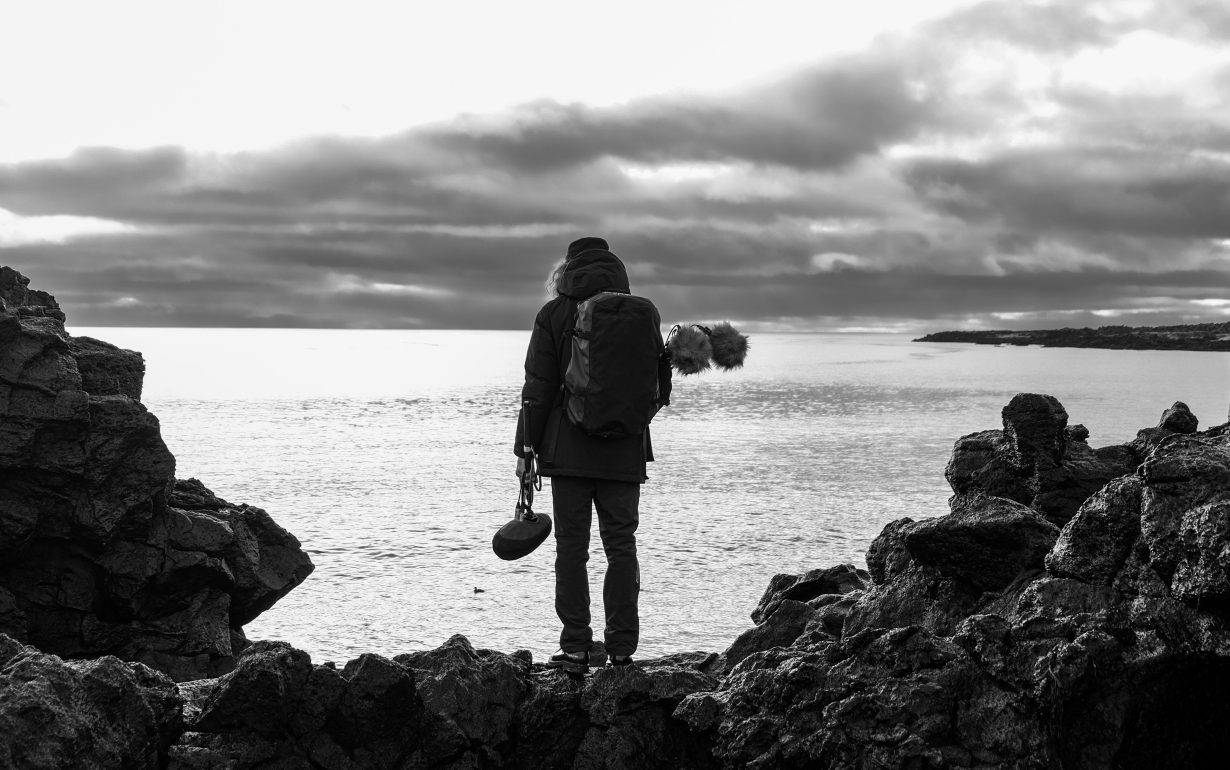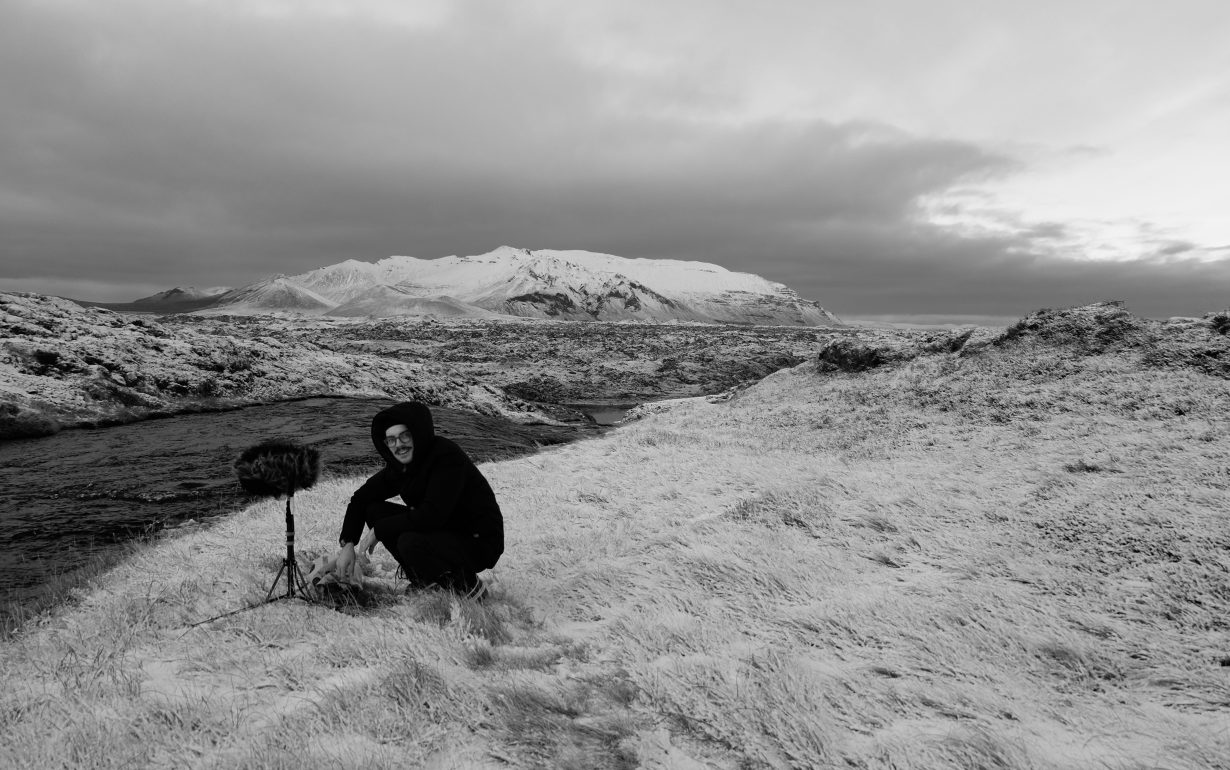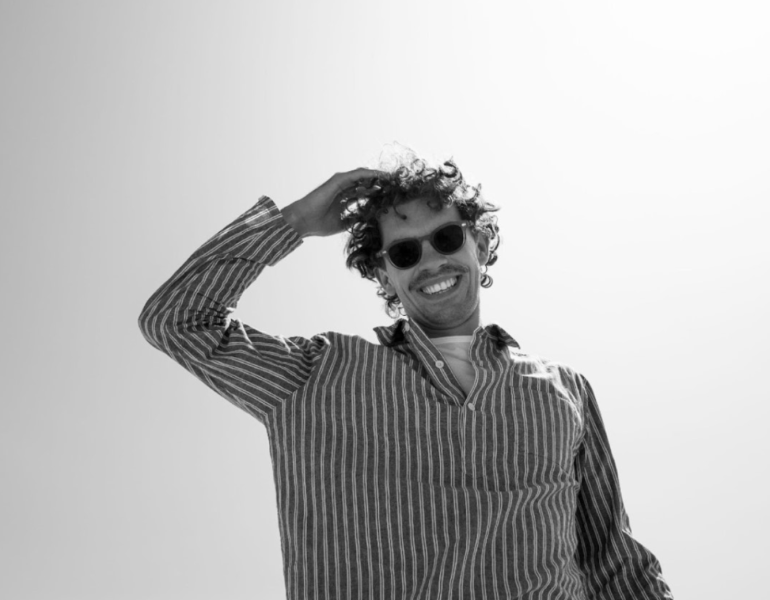An Explanation into Spatial Audio Field Recording
Hello, sound adventurers! I want to talk about something that’s been buzzing around my mind a lot lately – the transformation of our beloved art of field recording through the emergence of Dolby Atmos and spatial audio technologies. Amongst all these exciting innovations, there’s one technique that has me particularly hooked: the double mid-side (DMS) rig.
Now, if you’re new to DMS rigs, let me break it down for you. This setup consists of three microphones: a cardioid mic, which points directly at your sound source, and two figure-of-eight mics, which capture the left and right signals. But here’s the twist – in a DMS rig, there’s a second figure-of-eight mic that picks up sound from above and below. It’s like adding another dimension to your sound capture!
One thing that makes me an unabashed fan of the DMS setup is its versatility. With a single recording session, you can decode the result into mono, stereo, and even surround sound formats like quadraphonic and 5.1. It’s kind of like having a Swiss Army knife for audio – one tool that handles multiple jobs.
But the real magic happens when you connect this technique with the world of spatial audio. Have you ever imagined being able to take your 5.1 mix, upscale it, and drop it straight into a Dolby Atmos mix? Well, stop dreaming because with a DMS rig, this is entirely possible. Suddenly, you’re not just giving your listeners a sound experience –
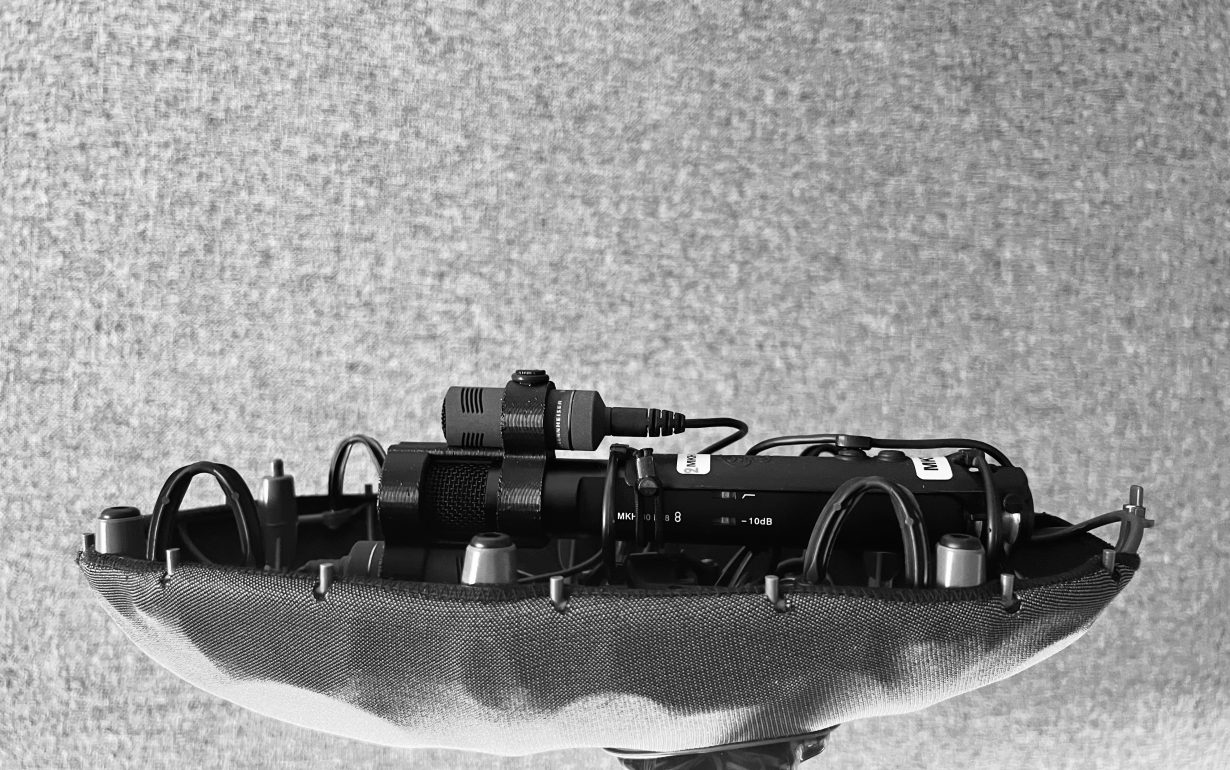 Location Recording
Location Recording
